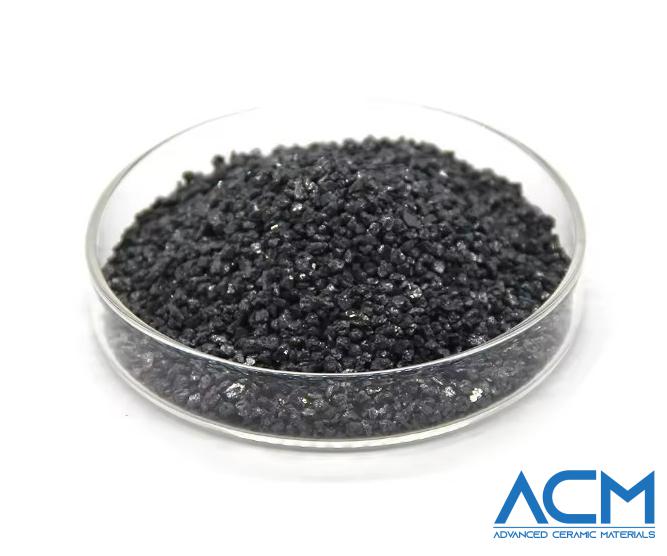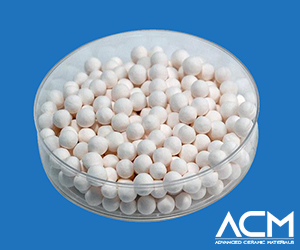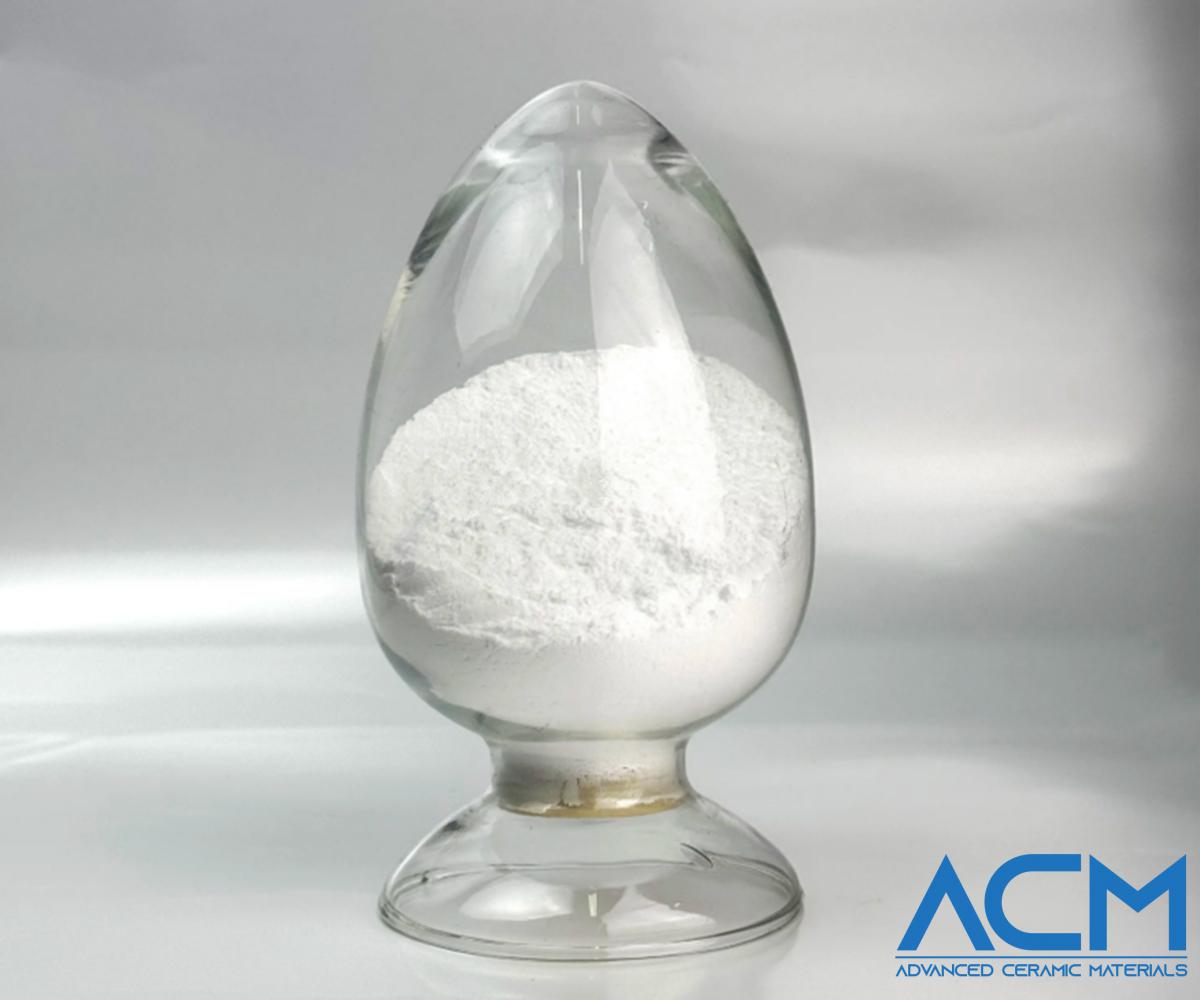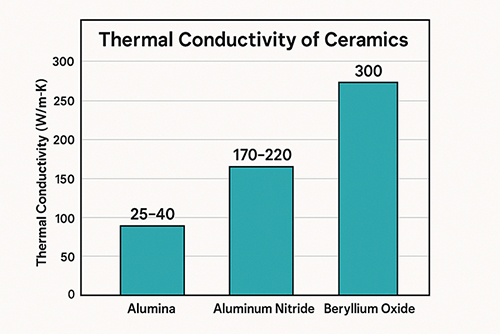Silicon Carbide Abrasive Vs. Aluminum Oxide Abrasive
Silicon carbide and aluminum oxide are the two most commonly used abrasives. When choosing between any of these two, an important consideration to keep in mind is the specific application where you need them. Aluminum oxide and silicon carbide sandpapers have specific differences that make either of them more desirable in particular applications than the other. They differ in performance levels, versatility, and prices. You’ll typically find one of these in most woodwork and metalwork applications, where sanding of material surfaces is required. In this post, you’ll learn the differences between silicon carbide and aluminum oxide sandpapers so that you can make an informed decision for your projects.
Silicon Carbide and Aluminum Oxides in Abrasive Grains
An abrasive grain is a hard material that is used to wear down other materials by moving the material surface over it with applied pressure. A very common abrasive product used in today’s abrasive application is sandpaper. Most manufacturers today now use silicon carbide and aluminum oxide for making sandpapers. Almost 90% of the abrasive products made today are produced with silicon (SiC) and aluminum oxide (Al2O3). Other useful abrasive materials are cubic boron nitride, synthetic diamonds, ceramic alumina, quartz, silica sand, etc. Most of these abrasive grains are used for making other types of abrasive products, such as grinding wheels, flap discs, flap wheels, and sanding belts. Abrasive products usually have a label on them that describes the make-up of the material. This can help you decide whether the abrasive grain is ideal for the intended application or not. Further reading: An Introduction to Silicon Carbide Abrasives
Silicon Carbide Abrasives
Silicon carbide is a sharper and harder abrasive grain than aluminum oxide. However, it is not as durable as aluminum oxide abrasives. This is because it is brittle and has a narrower shape, which increasingly wears down with use. Silicon Carbide razor-sharp grains make the cutting of glass, plastic, and medium-density fiberboard with light pressure pretty easy. However, it cannot cut hardwoods and metals with the same ease.
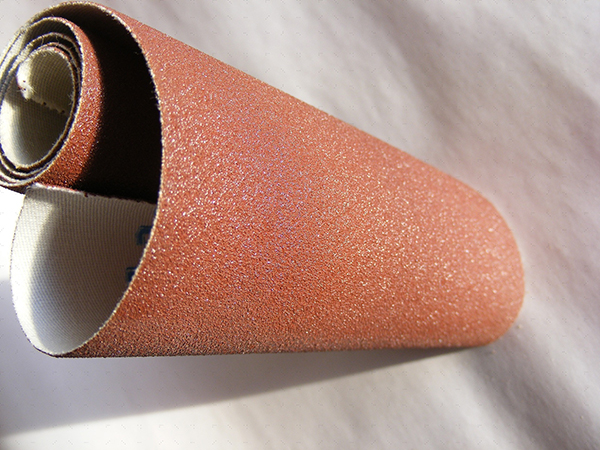
Silicon Carbide Sandpaper
Silicon carbide is an excellent material for working on rough surfaces, as it is more friable than aluminum oxide. It can also be used in wet sanding. Friable and silicon carbide are purer and harder than regular (black) silicon carbide, but they are also more brittle than the regular type. The regular (black) silicon carbide is utilized for grinding non-ferrous metals, ceramics, and hard non-metals, while the green option works best for polishing the surfaces of materials. You can use it to polish automotive parts, remove rust, refinish wood floors, deburr metal, and smoothen glass edges. For harder materials, such as wood finishes, stone, metal, paint, and softer ones like glass, rubber, and plastic, a commonly used variety of silicon carbide abrasive, is the silicon carbide sanding belt. The belts have a closed coat with optimal grain coverage. This allows you to apply the grain to a hard material or finish the surface with sealers or lacquers. Finally, silicon carbide grinding wheels and sanding discs are mostly applicable for materials like cast iron, aluminum, and cemented carbide.
Aluminum Oxide Abrasives
Aluminum oxide is the most commonly used abrasive grain in the woodwork and metalwork industry. This is because it does a better job than silicon carbide on several materials, including bare wood, painted surfaces, and metal. Whether you are working on wood or metals, aluminum oxide is better preferred to most other alternatives available. Aluminum oxide abrasives are available in different colors: brown, white, and pink. Brown aluminum oxide is the most common. White and pink aluminum oxide wear down faster, but they produce a smoother, finer finish. They are more similar to silicon carbide than brown aluminum oxide. White aluminum oxide is found coarse through fine textures; it is most effective on wood and lacquers because it produces less heat. Pink aluminum oxide, on the other hand, comes in coarse through fine textures. It can be used on softer woods. Finally, brown aluminum oxide is the most durable of the three, as its grains break down at a much slower rate than the pink and white types. You can use it to sand very hard materials, such as metals, drywall, fiberglass, wood, and painted surfaces. It produces better results and is more affordable than smoother pink or white aluminum oxides.
Silicon Carbide or Aluminum Oxide
If you’re working on non-metallic or low-tensile strength materials, you may want to use silicon carbide rather than aluminum oxide. Aluminum oxide sanding belts can only be used for dry operations. If you plan to use a metal grinding wheel, you can use aluminum oxide on materials with high tensile strengths. This includes stainless steel, as well as high-tensile bronze and aluminum alloys. Note that you can effectively pair silicon carbide and aluminum together on the same sanding project to produce a much finer abrasive effect. This practice is common in woodworking applications. You start off by rough sanding with aluminum oxide abrasives and finishing off with silicon carbide. This helps to produce a smooth surface finish without wearing down your sandpaper.
Conclusion
Silicon carbide and aluminum oxide are two ceramic materials used as abrasives. Silicon carbide grains are sharper and harder than aluminum oxide grains, but silicon carbide is less durable than aluminum oxide. Silicon carbide is best for non-metallic or low-tensile strength materials, while aluminum oxide works best on materials with high tensile strength. Both can be combined to produce a finer, smoother abrasive cut without wearing down the abrasives. Thank you for reading our article and we hope that it can help you have a better understanding of silicon carbide ceramic and alumina. For more information, please visit https://www.preciseceramic.com/.
{{item.content}}
LEVE A REPLY
{{item.children[0].content}}
{{item.content}}
LEAVE A REPLY
SUBSCRIBE OUR NEWSLETTER
- Boron Nitride in Cosmetics: Enhancing Performance and Sensory Appeal
- Maximize MOCVD Yield and Purity with Hexagonal Boron Nitride Setters
- What Are the Advantages and Uses of Boron Nitride Ceramic Sheet?
- The Compression Annealing Advantage for Pyrolytic Boron Nitride
- Beyond Insulation: The Surprising Spectrum of Ceramic Thermal Conductivity









